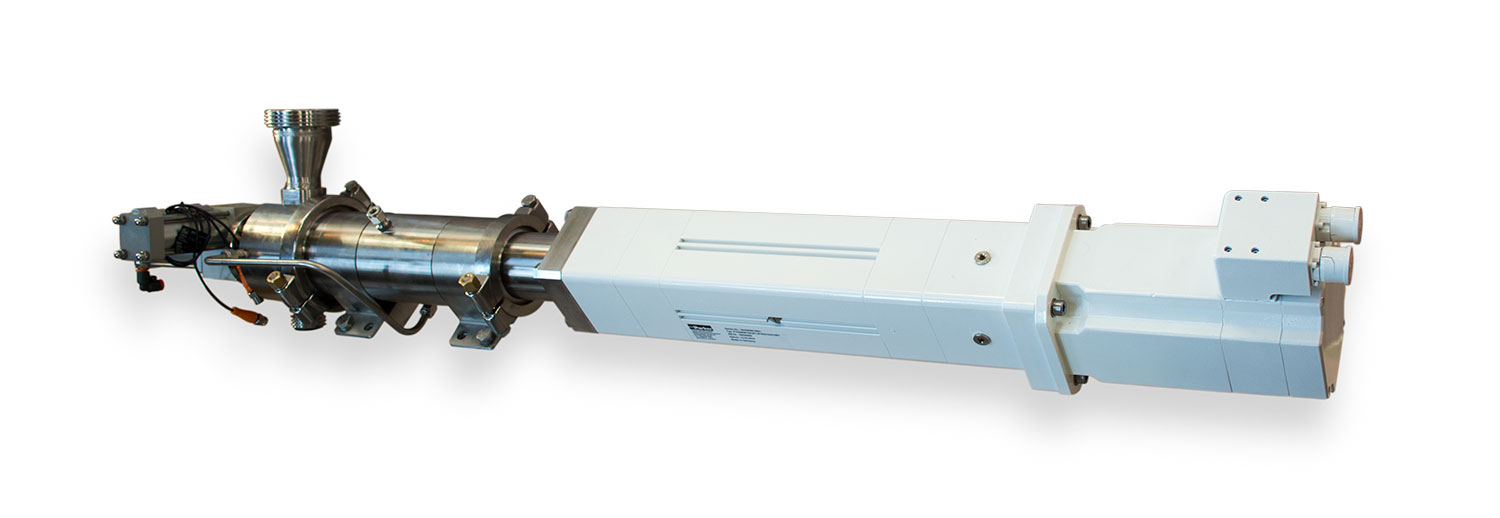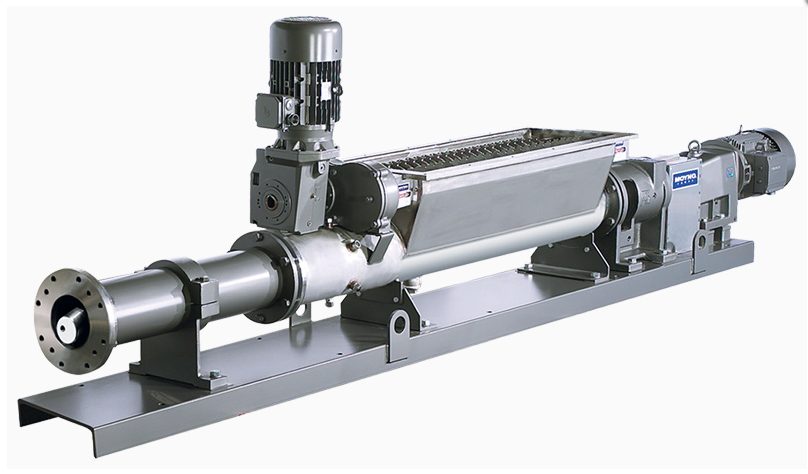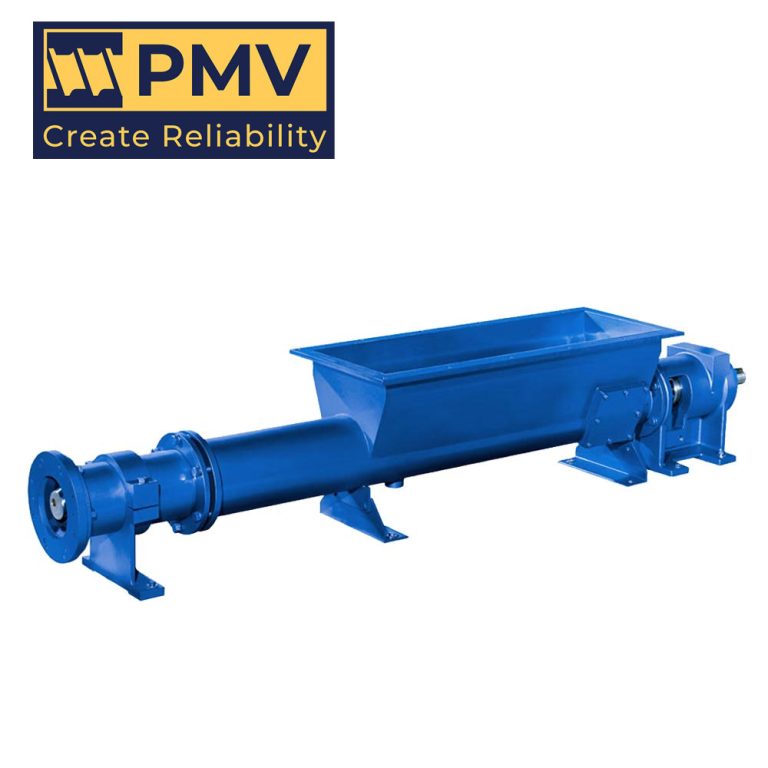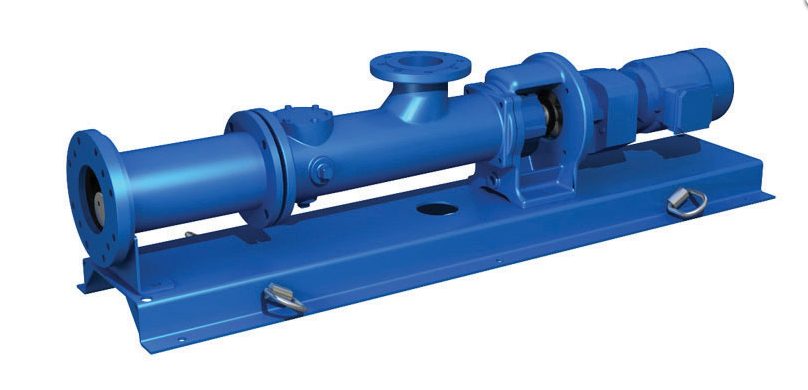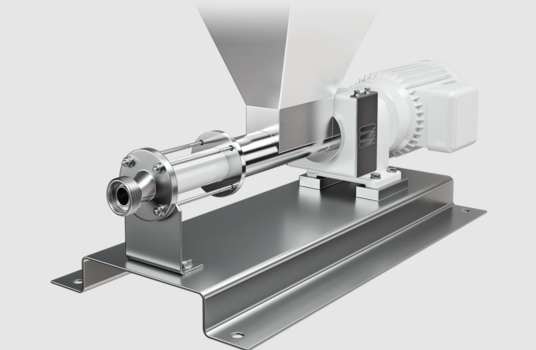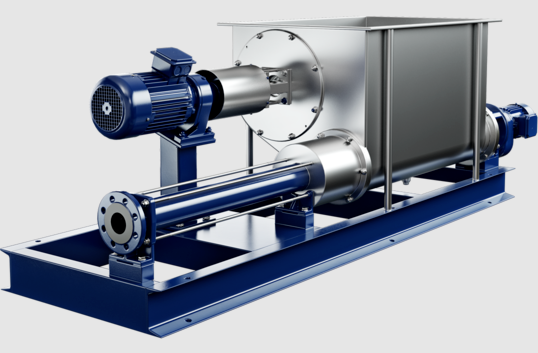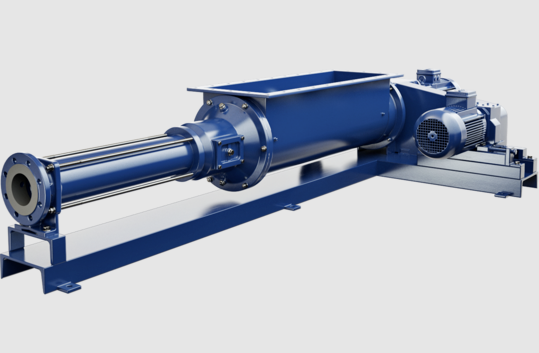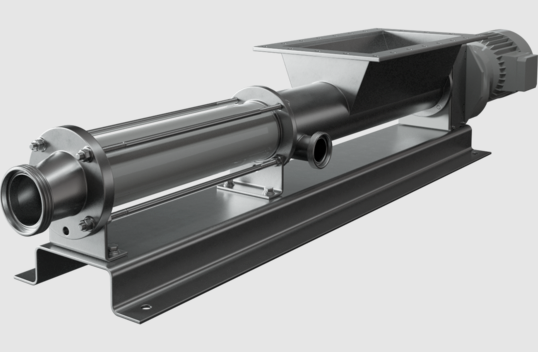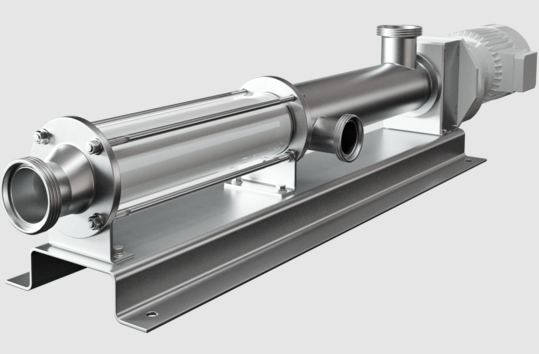food grade pump
Food grade pumps are specifically designed to safely transport food and beverage products without contaminating them. These pumps comply with stringent hygiene and safety standards to ensure that the materials they handle are free from harmful substances.
1. Key Features of Food Grade Pumps
-
- Material Compliance:
-
- Constructed from materials that meet food safety standards (e.g., stainless steel, FDA-approved plastics), ensuring no leaching of harmful substances.
-
- Hygienic Design:
-
- Features that facilitate easy cleaning and sanitization, such as smooth surfaces and minimal crevices.
-
- Positive Displacement:
-
- Many food grade pumps use positive displacement principles to ensure consistent flow rates and maintain product integrity.
-
- Temperature Resistance:
-
- Capable of handling a wide range of temperatures, which is essential for various food processing applications.

2. Types of Food Grade Pumps
a. Centrifugal Pumps
-
- Description:
-
- Use rotational energy to move fluids through a system.
-
- Applications:
-
- Suitable for thin liquids such as juices, milk, and water.
-
- Advantages:
-
- High flow rates and efficient for low-viscosity products.
b. Positive Displacement Pumps
-
- Description:
-
- Move fluid by trapping a fixed volume and forcing it through the pump.
-
- Applications:
-
- Ideal for thick and viscous products like sauces, pastes, and creams.
-
- Advantages:
-
- Excellent for handling shear-sensitive materials without damaging them.

c. Peristaltic Pumps
-
- Description:
-
- Utilize a rotating mechanism to compress a flexible tube, moving fluid through the tube.
-
- Applications:
-
- Commonly used for transferring delicate products, such as fruit purees and yogurt.
-
- Advantages:
-
- Minimal contact with the product, reducing contamination risk.
d. Diaphragm Pumps
-
- Description:
-
- Use a flexible diaphragm to create a vacuum that draws fluid into the pump and then displaces it.
-
- Applications:
-
- Suitable for pumping slurries, creams, and other thick substances.
-
- Advantages:
-
- Excellent for products that require gentle handling.

e. Screw Pumps
-
- Description:
-
- Utilize one or more screws to move fluid through a casing.
-
- Applications:
-
- Effective for thick, viscous products in various food processing applications.
-
- Advantages:
-
- Gentle on the product and capable of handling varying viscosities.
3. Benefits of Food Grade Pumps
-
- Safety:
-
- Designed to prevent contamination, ensuring product safety and compliance with health regulations.
-
- Efficiency:
-
- Optimized for consistent flow rates and minimal product damage.
-
- Versatility:
-
- Suitable for a wide range of food and beverage applications.
-
- Ease of Maintenance:
-
- Designed for easy disassembly and cleaning, essential for maintaining hygiene.

4. Applications of Food Grade Pumps
-
- Food Processing:
-
- Used for transferring raw ingredients, finished products, and waste materials.
-
- Beverage Production:
-
- Ideal for transporting juices, soft drinks, and alcoholic beverages.
-
- Dairy Industry:
-
- Suitable for handling milk, cream, and yogurt products.
-
- Pharmaceuticals:
-
- Often used in the production of supplements and health-related products.

